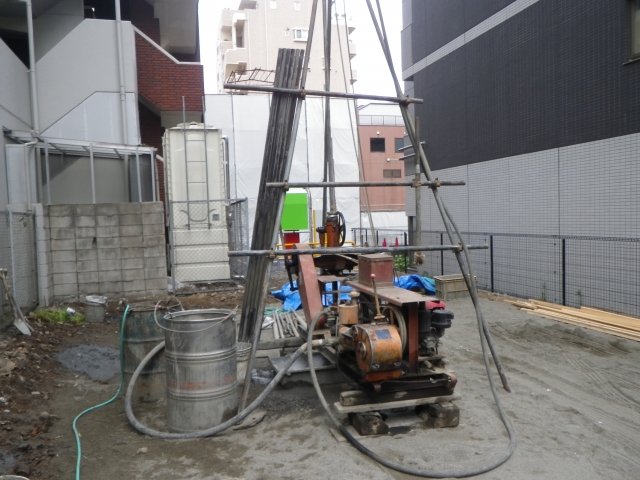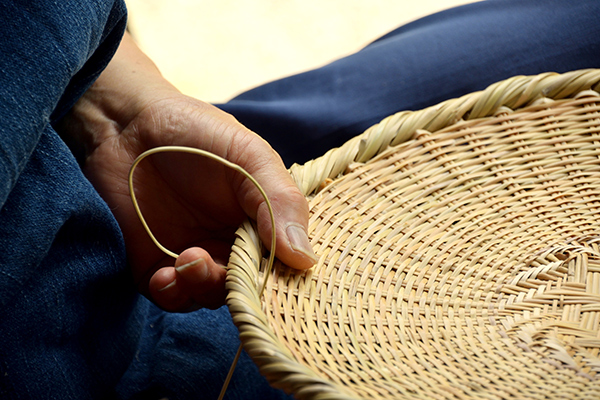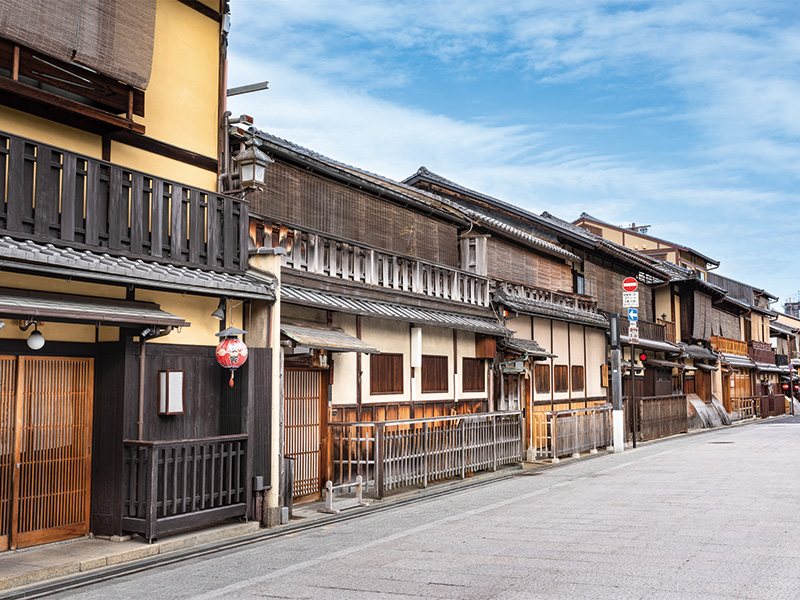A soil survey is necessary for building a custom home. The hardness of the land cannot be determined visually, so failing to investigate before construction could lead to severe damage, such as subsidence causing the house to tilt or collapse during an earthquake.
Soil surveys are mandated by law, and they must be conducted for new construction, extensions, or rebuilds.
This article compiles useful information about soil surveys for those who want to learn more, including the survey process and associated costs.
Overview of Soil Surveys
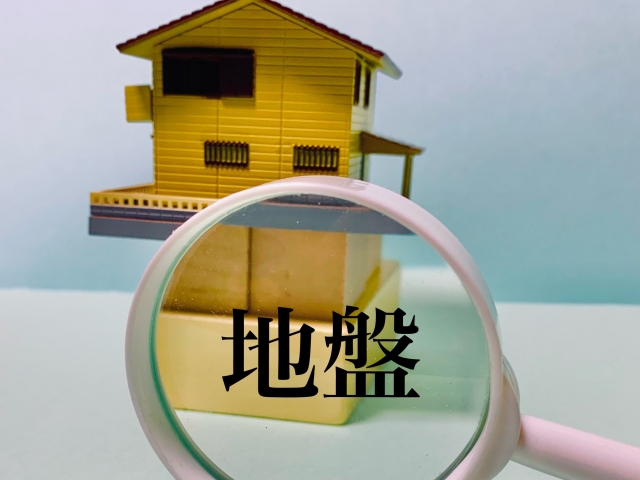
A soil survey is conducted to confirm that there are no issues with the strength or hardness of the ground. Building a home on problematic land can lead to subsidence or the risk of tilting or collapsing during an earthquake. Therefore, it is essential to assess the soil's strength before constructing a house.
Typically, soil surveys are conducted after signing a contract for the land. If any issues are found with the land, ground improvement may be necessary, so it is advisable to check for potential problems within your capabilities.
Specifically, you can review hazard maps for the area, visit the site to observe any elevation differences, and check for nearby wetlands.
Soil Surveys are a Legal Requirement! What About Penalties?
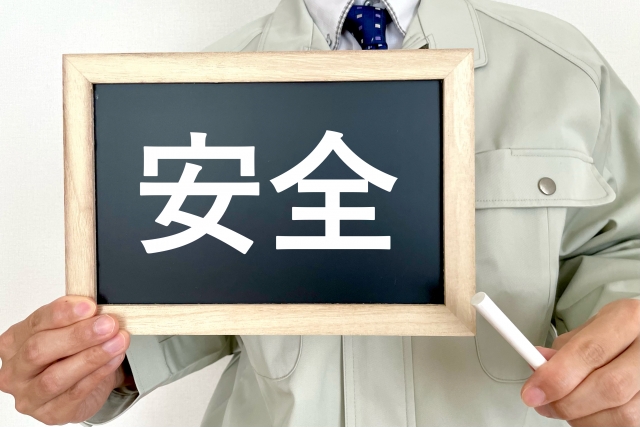
Soil surveys are mandated by the Building Standards Act. Following the Great Hanshin-Awaji Earthquake in 1995, legal revisions were made, and these surveys became compulsory from two thousand.
Japan is a country prone to earthquakes, so building a home on weak soil poses risks of liquefaction and structural collapse. To ensure the safety of your home, conducting a soil survey is crucial.
While there are no legal penalties for not conducting a soil survey, risks include potential denial of construction permits, orders to halt construction, and being refused insurance coverage.
To build a safe home, please ensure that a soil survey is conducted.
Three Common Testing Methods for Soil Surveys
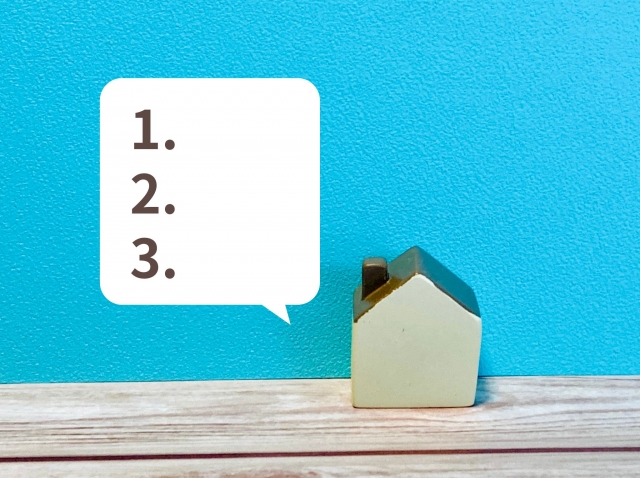
Soil surveys utilize various methods depending on the intended use of the land. The three commonly used methods for soil surveys in custom home construction are:
1. SWS Test (Screw Weight Penetration Test)
2. SDS Test (Screw Driver Sounding Test)
3. Boring Survey (Standard Penetration Test)
The SWS and SDS tests are often used for wooden structures, while the boring survey is typically employed for reinforced concrete (RC) and steel structures.
Here, we explain the features, advantages and disadvantages, and costs of each soil survey method.
1. SWS Test (Screw Weight Penetration Test)
The SWS test is commonly used for single-family homes and costs around 100,000 yen.
In this method, a drill with a weight is used to penetrate the ground, and the soil hardness is assessed based on the rotation speed. The advantages include low costs and a relatively quick survey time of just a few hours.
Since the SWS assess easily checks the bearing capacity of the soil, many survey companies incorporate it. However, it does not provide information about soil composition.
2. SDS Test (Screw Driver Sounding Test)
The SDS test is a high-precision improvement of the SWS test, and it is common to use both methods together. The cost is also around 100,000 yen.
In the SDS test, not only the weight applied but also the rotational force is measured. Therefore, it allows for understanding soil composition, which was difficult to achieve with just the SWS test.
3. Boring Survey (Standard Penetration Test)
The boring survey is widely used for various construction projects, from large buildings to single-family homes. The cost ranges from 200,000 to 300,000 yen (this can vary based on road access and the condition of the land).
The procedure for the survey is as follows:
(1) Set up a derrick on the ground surface.
(2) Drill down by sinking a steel pipe.
(3) Collect the excavated soil.
(4) Analyze the collected soil for composition.
This work can be completed in as little as one day, but for large-scale buildings, it may take several days.
Since the equipment required for a boring survey is quite large, an area of approximately five square meters is needed. Additionally, it is important to note that this method generally takes more time and costs more than the SWS test.
Dealing with Issues Found in Soil Surveys and Associated Costs

If problems are discovered during a soil survey, ground improvement must be conducted. The method of ground improvement varies depending on the specific issues found. The main methods are as follows:
Surface Improvement Method: Up to about two meters from the surface
Columnar Improvement Method: From about 2 to 8 meters below the surface
Steel Pipe Pile Method: From about 5 to 10 meters below the surface
The surface improvement method is the least expensive, typically costing around 10,000 to 20,000 yen per tsubo (a Japanese unit of area). The columnar improvement method becomes more costly with heavier buildings, averaging about 20,000 to 30,000 yen per tsubo.
The steel pipe pile method is used when other methods are not feasible and can cost 40,000 to 60,000 yen per tsubo.
Note: Costs may vary depending on road access and the condition of the land, so these are approximate figures.
Two Helpful Tips to Reduce Soil Survey Costs
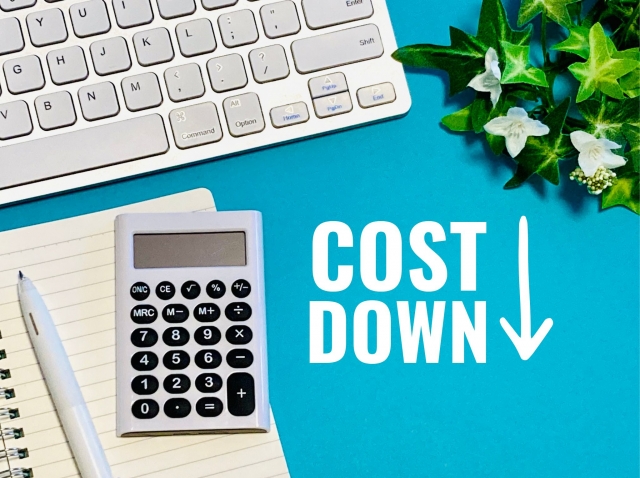
Here are two ways to lower the costs associated with soil surveys:
Choose Land with Strong Soil
Check Land Conditions Using the Ministry of Land, Infrastructure, Transport and Tourism Resources
If you want to minimize costs, consider these methods.
1. Choose Land with Strong Soil
When selecting land, visually inspect the area to find land that appears to have solid ground. It is advisable to confirm this with a representative from the construction company for added assurance.
Areas at higher elevations are generally considered to have firmer soil. Conversely, low-lying areas may have previously been part of rivers or seas, so caution is warranted.
Locations near rivers, ponds, or rice fields may have weak soil due to land reclamation. Additionally, if the place name contains kanji related to water, such as "river" or "swamp," this may also indicate weak soil.
2. Check Land Conditions Using Ministry of Land, Infrastructure, Transport and Tourism Resources
Soil hardness cannot be determined by appearance alone. Therefore, it is beneficial to check municipal resources for additional information.
The Ministry of Land, Infrastructure, Transport and Tourism offers the "KuniJiban" site, where you can access a wealth of information, including boring data and soil test results. The "Geospatial Information Authority of Japan" also provides historical maps and active fault maps.
Summary
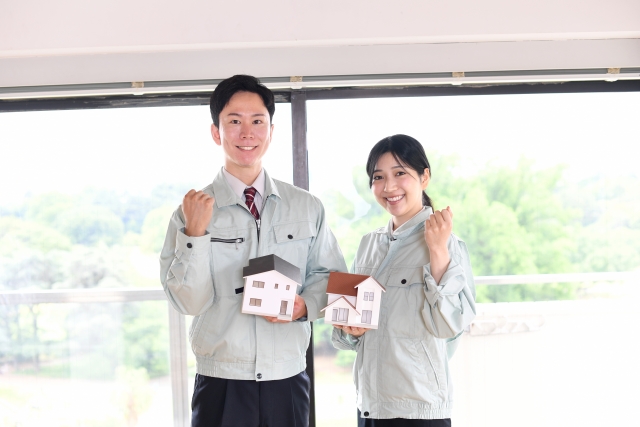
In Japan, where natural disasters like earthquakes, tsunamis, and typhoons are prevalent, conducting a soil survey is essential when building a home. While there are no legal penalties for not conducting a soil survey, it is a legal obligation, and it is crucial to invest both time and money in this assessment.
To ensure a safe home and a comfortable living environment, always conduct a soil survey before building a custom home.


